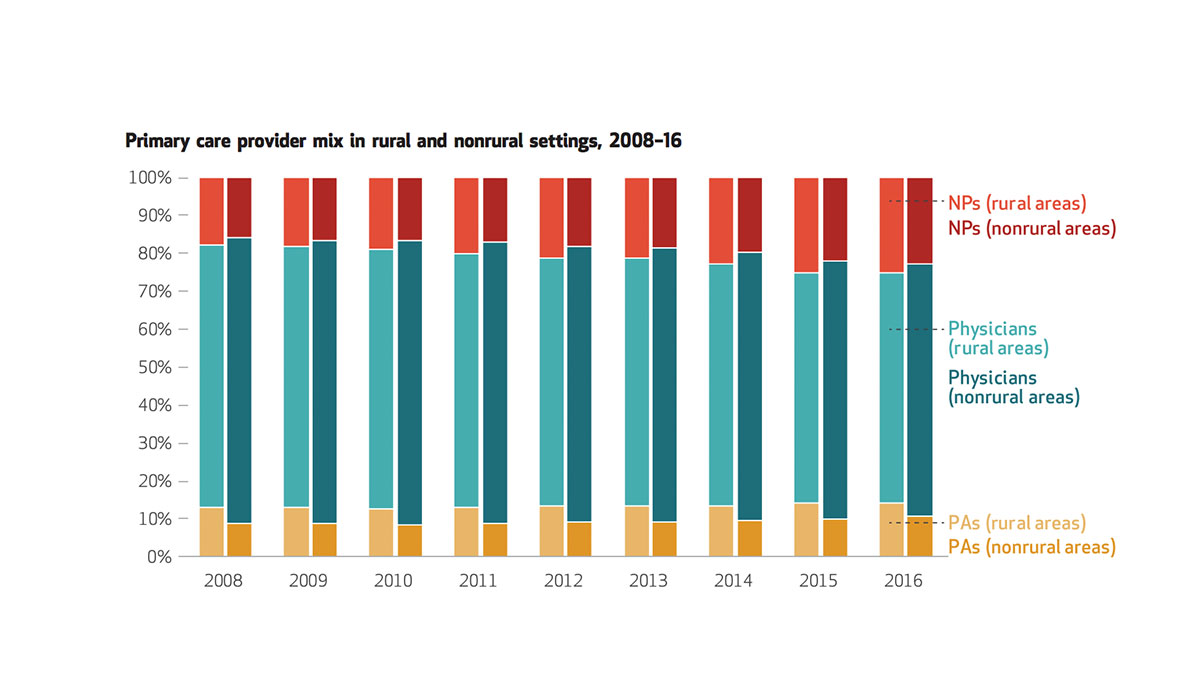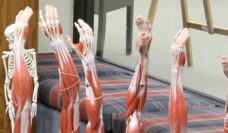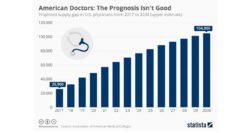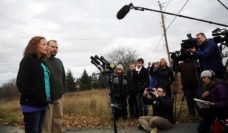The association of American Medical Colleges predicts a shortage of 120,000 physicians overall by the year 2030, estimating a shortfall of up to 49,300 primary care physicians in the United States. The role of nurse practitioners in the primary care setting may increase, however, as their numbers are expected to rise over the next decade. In light of these predictions, Barnes and colleagues studied the trends in nurse practitioners who practiced in rural and nonrural primary care settings between 2008 and 2016.
The researchers analyzed a dataset featuring characteristics of doctors’ offices, focusing on the number of nurse practitioners, physicians, and physician assistants. As the figure above depicts, they found that the proportion of nurse practitioners as a percentage of total primary care providers grew from 17.6% to 25.2% in rural areas over the observed years. Nonrural areas also saw a growth in the presence of nurse practitioners, from 15.9% to 23%. Although physicians made up the largest proportion of providers in both rural and nonrural settings, their percentage dwindled. Further, the authors found that a greater proportion of rural practices featured nurse practitioners among their provider teams compared to nonrural practices.
The Agency for Healthcare Research and Quality identifies high-functioning primary care teams as those including multidisciplinary involvement. Considering their findings, and other data documenting the high satisfaction with care from nurse practitioners and their lower practice costs compared to physicians, Barnes and the other researchers suggest that policymakers invest more in nurse practitioner education.
Databyte via Hilary Barnes, Michael R. Richards, Matthew D. McHugh, and Grant Martsolf, Rural And Nonrural Primary Care Physician Practices Increasingly Rely On Nurse Practitioners. Health Affairs.














